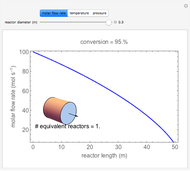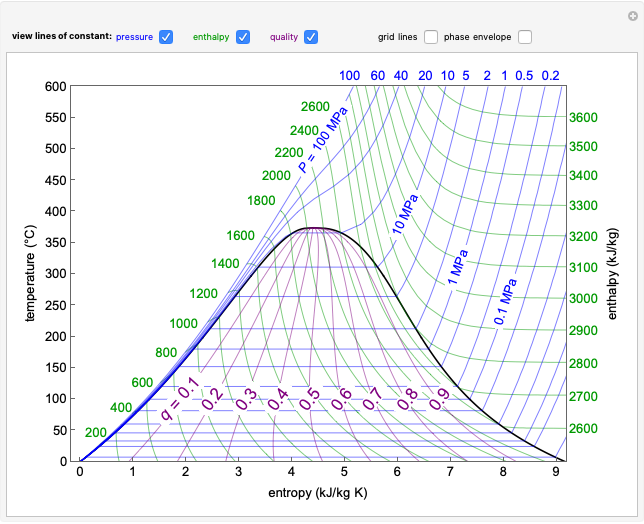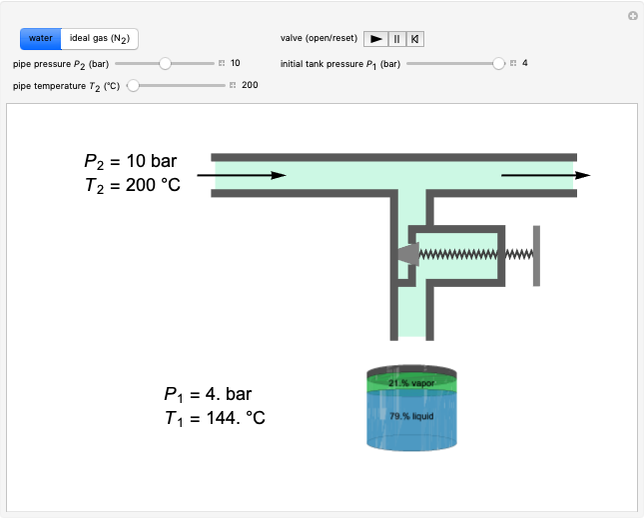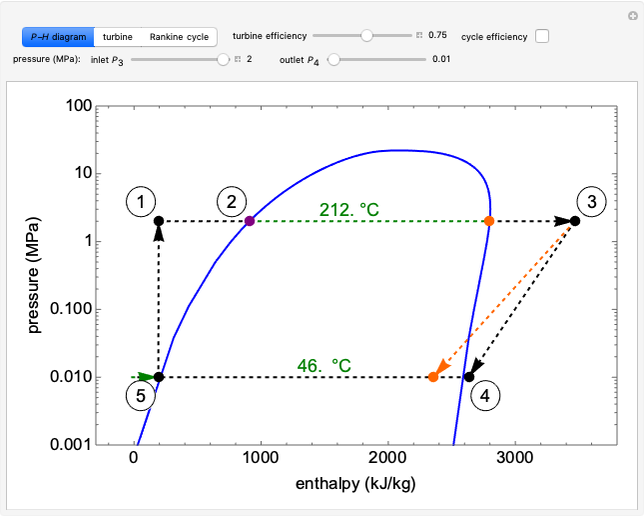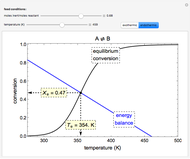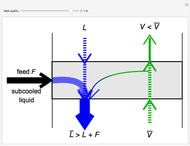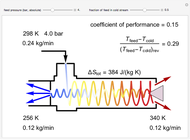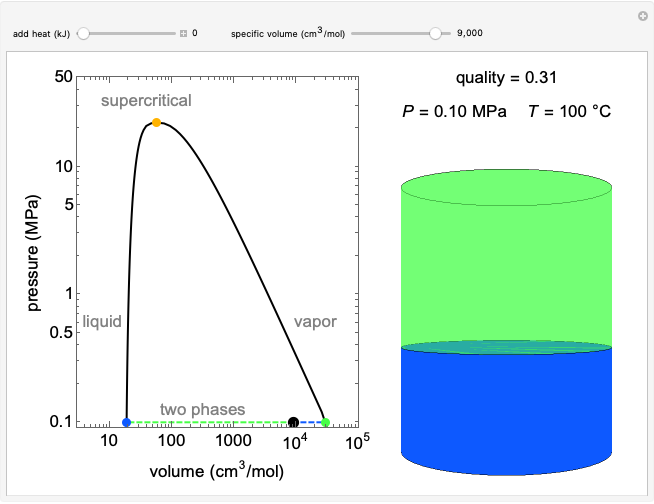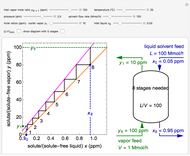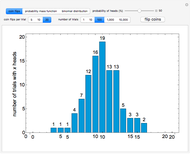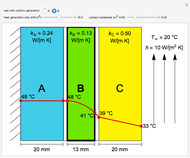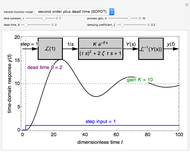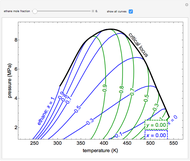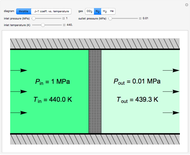Ranque-Hilsch Vortex Tube

Requires a Wolfram Notebook System
Interact on desktop, mobile and cloud with the free Wolfram Player or other Wolfram Language products.
A vortex tube is a mechanical device used to separate a compressed gas into hot and cold streams.
[more]
Contributed by: Adam J. Johnston, Neil Hendren and Rachael L. Baumann (September 2019)
Additional contributions by: John L. Falconer
(University of Colorado Boulder, Department of Chemical and Biological Engineering)
Open content licensed under CC BY-NC-SA
Details
A vortex tube works by feeding high-pressure air into a chamber, which causes the air to swirl and split into hot and cold streams. The tube is considered adiabatic so that:
 ,
,
which simplifies to:
 .
.
The subscripts  ,
,  and
and  represent the hot, cold and feed streams, respectively;
represent the hot, cold and feed streams, respectively;  is the mass flow rate (kg/s);
is the mass flow rate (kg/s);  is specific enthalpy (J/kg);
is specific enthalpy (J/kg);  is constant-pressure specific heat capacity of air (J/(kg K)); and
is constant-pressure specific heat capacity of air (J/(kg K)); and  is temperature (K).
is temperature (K).
The hot and cold stream temperatures are functions of tube geometry, inlet pressure and temperature, and the mass fraction in the cold stream [1]. Vortex tube efficiency can be characterized by the isentropic efficiency ( ),
),
 ,
,
which is the ratio of actual temperature drop to the temperature change by reversible (isentropic) adiabatic expansion.  of reversible expansion is given by:
of reversible expansion is given by:

where  is ambient pressure and
is ambient pressure and  is the heat capacity ratio of the gas,
is the heat capacity ratio of the gas,  [1]. Isentropic efficiency does not consider the mass flow rate of the cold stream, so the coefficient of performance (COP) may also be used to characterize efficiency. COP is the ratio of cooling rate to work input:
[1]. Isentropic efficiency does not consider the mass flow rate of the cold stream, so the coefficient of performance (COP) may also be used to characterize efficiency. COP is the ratio of cooling rate to work input:
 ,
,
where  (J/s) is the cooling rate:
(J/s) is the cooling rate:

and  (J/s) is the work input to the system, defined as the maximum possible cooling energy per time via reversible adiabatic expansion:
(J/s) is the work input to the system, defined as the maximum possible cooling energy per time via reversible adiabatic expansion:
 .
.
Note that the COP is equivalent to isentropic efficiency multiplied by the mass fraction of air in the cold stream,  .
.
The Ranque–Hilsch vortex tube produces a positive entropy change,  :
:
 .
.
The entropy change  of the cold and hot streams is:
of the cold and hot streams is:
 ,
,
where subscript  may be replaced by either
may be replaced by either  or
or  .
.
View the screencast video [2] for more information on the Ranque–Hilsch vortex tube.
References
[1] S. Subudhi and M. Sen, "Review of Ranque–Hilsch Vortex Tube Experiments Using Air," Renewable and Sustainable Energy Reviews, 52, 2015 pp. 172–178. doi:10.1016/j.rser.2015.07.103.
[2] University of Colorado. Second Law of Thermodynamics: Hilsch Tube [Video]. (Sept 4, 2012) www.youtube.com/watch?v=o4qwEgj9k1A.
Snapshots
Permanent Citation






